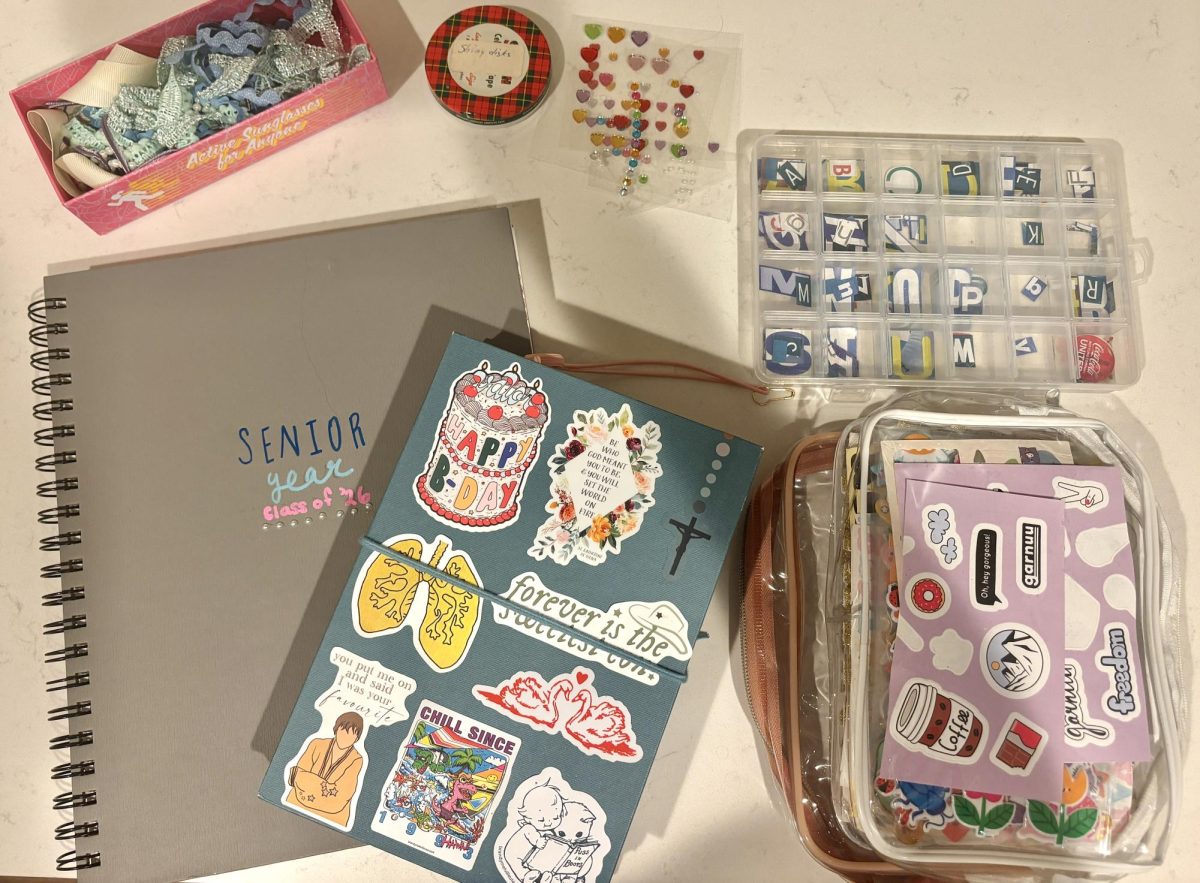Why We Love the Brands We Hate
November 1, 2022
Social media redirects the immense pressures of hate and admiration on a daily basis. Who’s in and who’s out is constantly changing: people fall from the revered status of near-gods to be left by the wayside in the span of a night. But brands are not immune to these whims. Brands such as Brandy Melville, Zara, and American Apparel are all among those martyred by the internet—but despite the outcry to boycott, ignore, and forget, this hate is one of the strongest weapons a brand can have in their arsenal.
One of the most modern cases of this is Brandy Melville. The California-based clothing brand has a unique aesthetic and markets exclusively to teen “cool girls”; but this exclusivity goes farther than just clientele. The brand has been persecuted for stocking almost all their items in only one size (most often the equivalent of an extra-small or small), and supposedly basing their hires on the attractiveness and “brand cohesion” of the often teenage girls they employ.
Yet Brandy Melville is going stronger than ever. It litters the feeds of teens everywhere, with an estimated annual growth rate of 20-25% as of 2019. This begs the question—what went wrong with what was supposed to be the brand’s downfall? The solution is clear. What Brandy Melville is hated for is their exclusivity, which is coincidentally one of the most powerful methods of branding there is. The same culture that excludes girls above a size zero and a certain age creates a bubble of “insiders.” It promises the girls that wear Brandy Melville that they’ve already passed the test of coolness, that they’re one of the select few.
Zara has appeared countless times on lists of the most climate-offending brands. Their number of annual style releases rivals that of more egregious fast fashion brands, such as Shein. But again, this is Zara’s most vital strength. These thousands of styles, however much they may anger consumers, birth several viral hits each year. This free advertising is more powerful than anything Zara could artificially manufacture. A dress they released this summer was reposted countless times, becoming its own trend. Hundreds of social media users posted about their hunt for the famed dress.
It’s shocking to hear that, unwittingly, our attempts to undermine what we consider egregiously bad behavior can actually directly benefit those same bad actors. How could we not see this? How could our actions have such an opposite effect from what we intended? This immediately presents itself as a problem that requires fixing—but by thinking this, we’ve already fallen back into the trap that first got us to this point. The time old adage that “all press is good press” reigns especially true in this era and sector of consumerism: almost all of our efforts to fight against unethical practices are harmful to the cause we seek to promote.
But all hope is not lost. Quiet protests—simply ceasing to buy, to discuss, to think of—are incredibly effective. Without controversy nor admiration, a brand can no longer function. If we can simply convince ourselves that our action matters, silence will be our most powerful tool.











